SUGARWATER A NEW APPROACH TO HYBRIDIZING
I began using sugar water crosses in late October of 2000. I had a mutant Dorothy Benedict seedling which was a fall bloomer. I began crossing Tardiflora and rupifraga to the mutant DB. Cold weather moved in and I was having trouble covering the scapes. A hybridizer friend, Jesses Willetts, suggested cutting the scapes and placing them in sugarwater and continuing the crosses indoors. I use his formula: 4 ounces of water / 1 teaspoon of granulated sugar.
I was amazed that the crosses took and the flowers formed seed pods. I left the scapes in the sugarwater for two months. I harvested the pods and placed them in envelopes; the same way as I do when I harvest mature seed pods from outside. These are placed on a shelf above my hotwater tank in a darkened closet. I very seldom place upright flower scapes in bags, as many seed pods fail to open on their own. I let the seed pods dry for 2-4 months until I have time to clean them. All my seed is sown outdoors in early April. Weak seedlings do not survive- so its survival of the fittest (natural culling).
I had 34 seedlings from the 2000 cross of the mutant Dorothy Benedict (Dorothy Benedict x Rippling Waves) x rupifraga and Tardiflora. Most are greens with heavy substance, some with margins, and a few gold splashes.
In the fall of 2001, I used the sugarwater again making the same crosses as listed above. I also crossed the DB mutant with pachyscapa both directions. The pachyscapa cross yielded many greens and 2 golds. One of the golds is extremely shiny with heavy substance and surpasses the gold color of Prairie Fire.
I only made 2 sugarwater crosses in 2002 due to the failing health of my mother. William Lachman splash x Azure Snow yielded a margined seedling, and Azure Snow x Flower Power yielded 4 seedlings.
In 2003 I formulated a plan to make all my crosses in sugarwater for the whole year. The following crosses were made solely in sugarwater: NOTE: FP=frozen pollen. Splashed Leather x Angel Eyes FP; Grand Slam x Blue Angel FP; pachyscapa x Bold Ruffles FP; Golden Gate x Blue Angel FP; m. praeflorens x Millenium; Dorothy Benedict mutant x Millenium; Babbling Brook x Angel Eyes FP; Mikawa no Yuki x Bold Ruffles FP; Rhapsody in Blue x Angel Eyes FP; Splashed Leather (fasciated) x Angel Eyes FP (yielded 6 pods); Millenium x Rock and Roll; DB sdlg x Millenium. NOTE: the mutant DB began flowering in late June.
Through observation I discovered that crosses failed to take when inside temperatures were above 80F. After moving the jars to cooler rooms, the crosses began taking again. The flower scapes should not be in direct sun. Crosses can be accomplished at your leisure because of the absence of wind, insects, deep, and sunlight.
My crosses are always done using whole scapes for one cross. Through repetition I find characteristics that Im striving for.
Do not harvest all the scapes from a selected hosta outside. I found out through conversations with Mark Zillis and Jesse Willetts, that hosta seeds are mature 6-7 weeks after fertilization. I suggest dating your crossing tag with the date you began your cross. If using whole scapes, then date the last flower crossed on the scape.
Also take note of the photos on my website and the slide program; the flowers retain their color and stay on the pods even though the crosses were completed many weeks prior to the photos.
If you notice that the sugarwater becomes cloudy or a gel has formed at the base of the scapes, then I recommend changing containers and adding a new solution of sugarwater. Also remove 1 inch of the bottom portion of the scape.
Frozen pollen can be used to make out of the season crosses. Simply remove the ripe pollen anthers from the filament using tweezers and placing them in 35mm film containers. Label and place in your freezer. Prior to crossing: label a scrap of paper with the variety; take out as many anthers as you will need. Let the anthers warm up to room temperature for at least 15 minutes and proceed to make your cross.
THIS IS NOT ROCKET SCIENCE
Bob Kuk
*********************** UPDATE **************************
I recently started using 1 tsp sugar to 8 ounces of water, because the flowers were not opening in the sugarwater. I have had this problem in the past and thought that it was due to higher house temperatures. It seems that with the increase in house temperatures, the ratio of 1 tsp sugar to 4 ounces of water causes the sugar to form a gel in the bottom of the jar. I think this then blocks the upward movement of the sugarwater in the scape. Since I went to the ratio of 1 tsp sugar/ 8 ounces of water, I have not had the problem. Bob Kuk

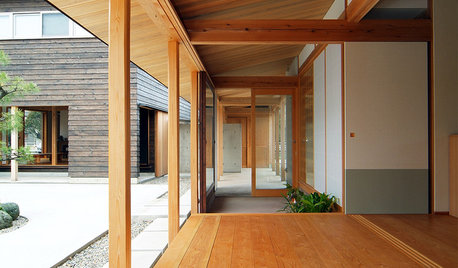
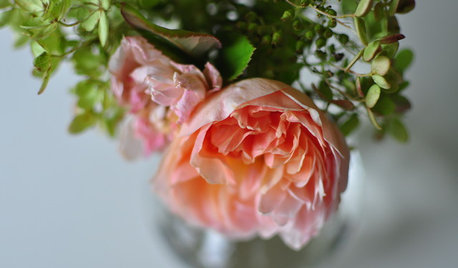
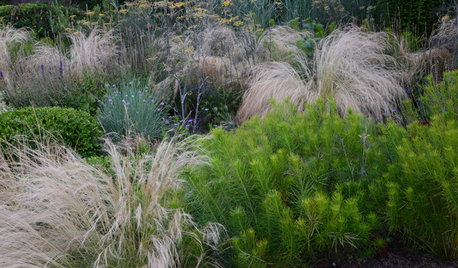

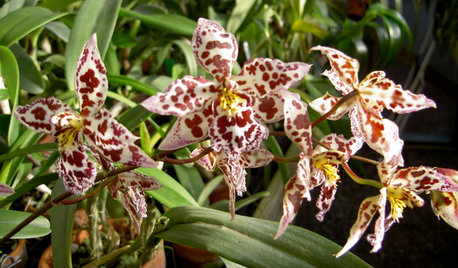


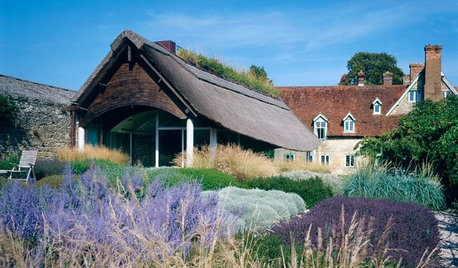




Related Discussions
Lets talk about Superior Parents in hybridizing- one way of doing
Q
Therese Bugnet Hybrid Rugosa
Q
Right approach for backyard meadow?
Q
Has your approach to garden bed design changed?
Q